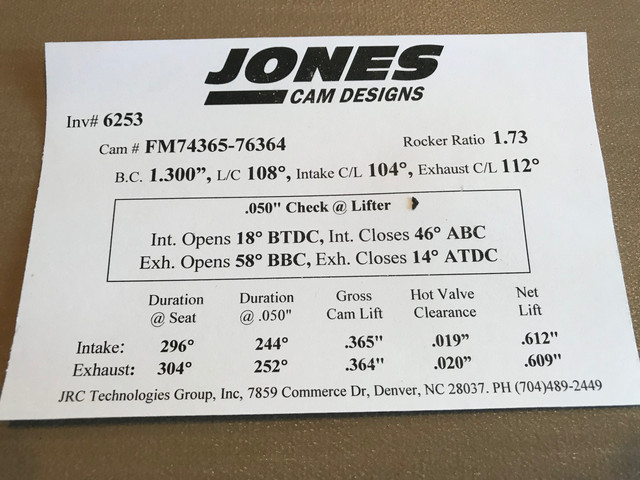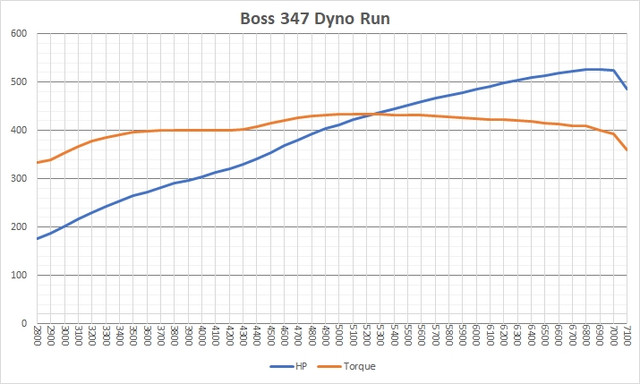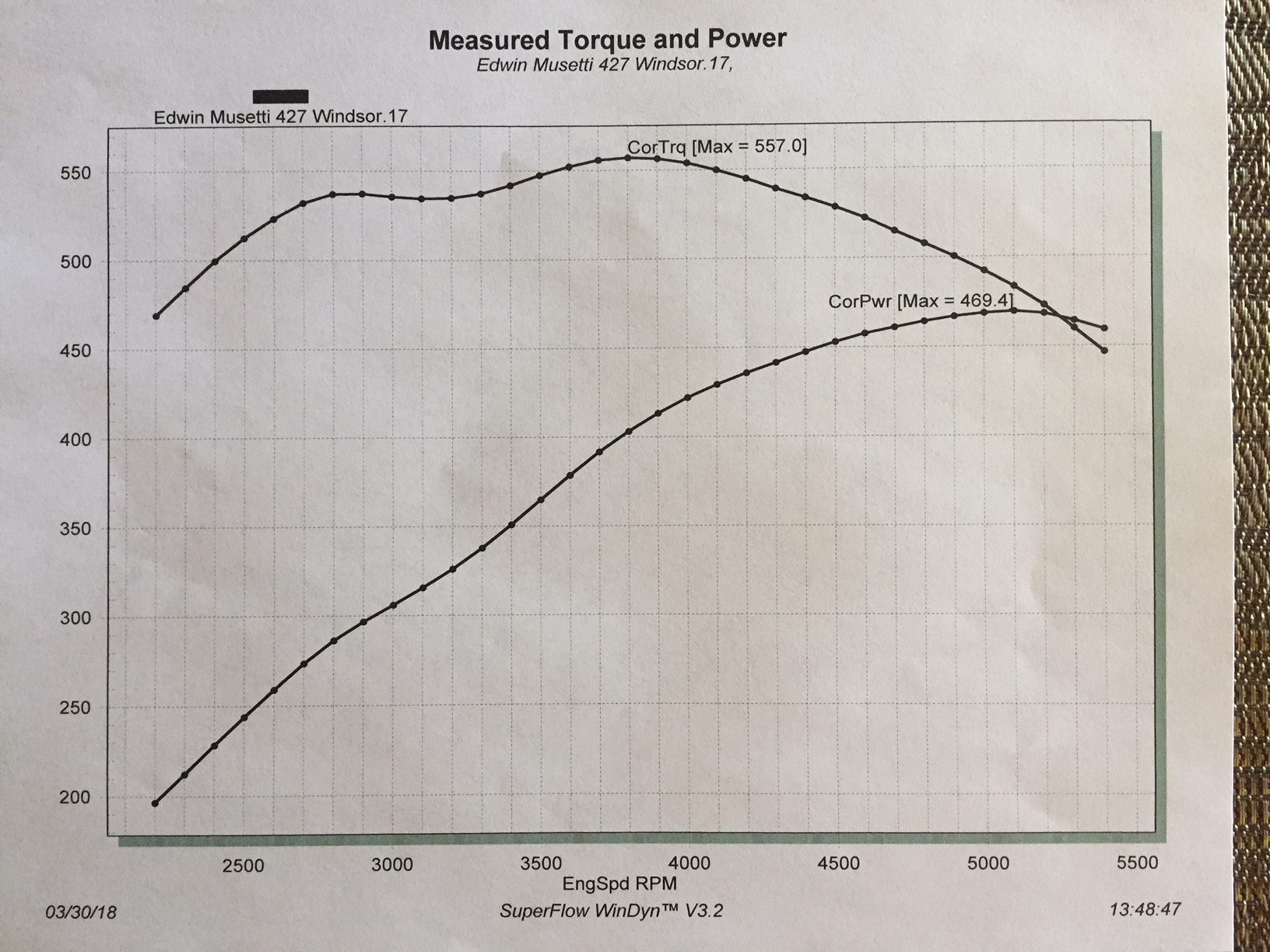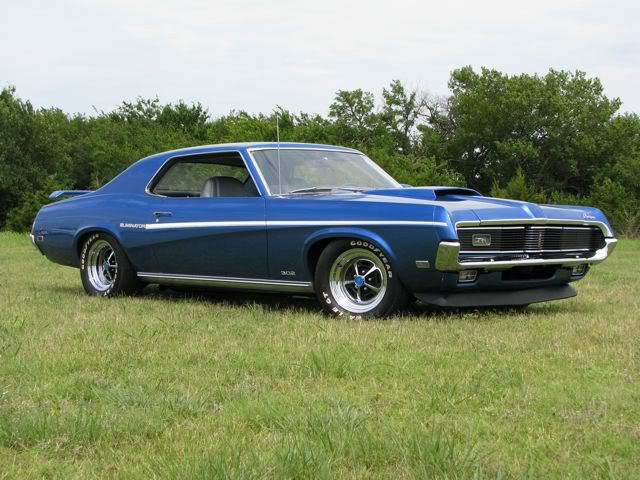- Joined
- Sep 30, 2010
- Messages
- 6,291
- Reaction score
- 1,240
- Location
- Mustang, OK.
- My Car
- 1972 Mach 1 Q code
2007 GT
1969 Cougar Eliminator B302
CSX 7000 Shelby Cobra FIA
2020 Edge ST
2002 F250 V10
Not a great video but it is informational. ChuckDid you record the run? Would love to hear the 7k rpm music!
Way beyond "red" line of many engines. What kind of valve springs do you have on these heads?


























































